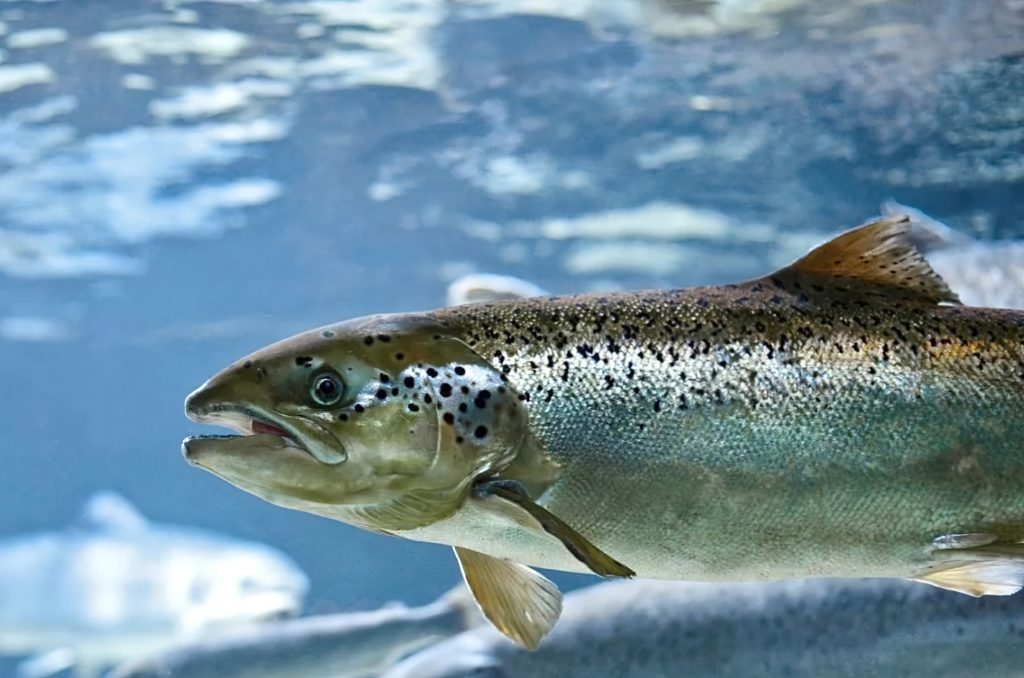Winter trout fishing in tailwaters can be challenging, but it’s also a great way to catch big trout in cold water. Tailwaters are sections of rivers that are downstream from a dam, where the water temperature remains relatively constant year-round. This makes them a perfect spot for trout to thrive, even in the depths of winter. In this article, we’ll explore the best tips and techniques for successful winter trout fishing in tailwaters.
Understanding Winter Trout Behavior
Winter can be a tough time for trout, but by understanding their behavior, you can increase your chances of success. In cold water, trout tend to be less active and will seek out deeper, slower-moving water where they can conserve energy. Look for areas with structure, such as boulders, logs, and undercut banks, where trout can hide from the current and conserve energy.
Essential Winter Trout Fishing Gear
- Rod and Reel: A medium-weight, fast-action rod paired with a high-quality reel is a must-have for winter trout fishing. A rod with a sensitive tip is ideal for detecting bites, while a strong backbone is essential for fighting big trout.
- Lines: A floating line is often the go-to choice for winter trout fishing as it allows for better line control and detection of subtle bites. However, sinking lines can also be effective for deeper waters.
- Waders: Quality waders are essential for staying dry and comfortable during winter trout fishing. Neoprene waders are an excellent choice for cold water conditions, as they provide good insulation and are resistant to tears and punctures.
- Boots: Proper footwear is crucial for safety and stability while wading in rivers and streams. High-quality wading boots with felt or rubber soles provide traction on slippery surfaces and reduce the risk of falls.
Best Baits and Lures for Winter Trout Fishing
Nymphs are a popular choice for winter trout fishing. These are imitations of aquatic insects that live in the water, such as mayflies or caddisflies. Since trout will often be feeding on these insects throughout the winter, nymphs can be a reliable choice. You can fish them using a technique called “dead drifting,” which involves casting the nymph upstream and letting it drift naturally with the current.
Streamers are another effective choice for winter trout fishing. These are larger, more realistic imitations of baitfish or other small aquatic creatures that trout may be feeding on. When fishing with streamers, you will need to use a heavier weight line and a rod with a stiffer action to help you cast and retrieve the lure effectively. You can also try different techniques like “stripping” or “swinging” the streamer to create a more realistic movement.
Dry flies may not be the most obvious choice for winter trout fishing, but they can still be effective in the right conditions. If you are lucky enough to find a hatch of winter midges or other insects, a dry fly can be a great way to mimic their natural behavior and entice trout to the surface. Just be aware that dry fly fishing in the winter can be a bit more challenging, as you will need to be more precise with your casting and presentation.
Techniques for Winter Trout Fishing in Tailwaters
Winter trout fishing in tailwaters requires different techniques than in other seasons. The dead drift is a common technique that involves drifting your fly naturally with the current. Nymphing involves using weighted flies and a strike indicator to fish deep pools and runs. Swinging flies, where you cast your fly downstream and allow it to swing across the current, can also be effective.
Tips for Staying Warm During Winter Trout Fishing
- Layering: Dressing in layers is the best way to regulate your body temperature while fishing. Start with a moisture-wicking base layer to keep sweat away from your skin, then add insulating layers like fleece or wool, and finish with a waterproof and breathable outer layer to protect you from wind and water.
- Hand and Foot Warmers: Invest in hand and foot warmers to keep your extremities warm. You can find disposable or rechargeable versions that fit inside your gloves or boots.
- Heat Packs: Heat packs can be a lifesaver on especially cold days. Tuck them in your pockets, gloves, or boots to provide warmth where you need it most.
- Keep Dry: Staying dry is crucial to staying warm while fishing in the winter. Invest in quality waterproof gear, and make sure to change into dry clothes if you get wet.
Conclusion
Winter trout fishing in tailwaters can be challenging, but with the right gear and techniques, it can also be incredibly rewarding. By understanding winter trout behavior, using the right bait and lures, and staying warm and dry, you can increase your chances of catching big trout in cold water. So why not bundle up, grab your gear, and head out to the tailwaters for some winter fishing?

